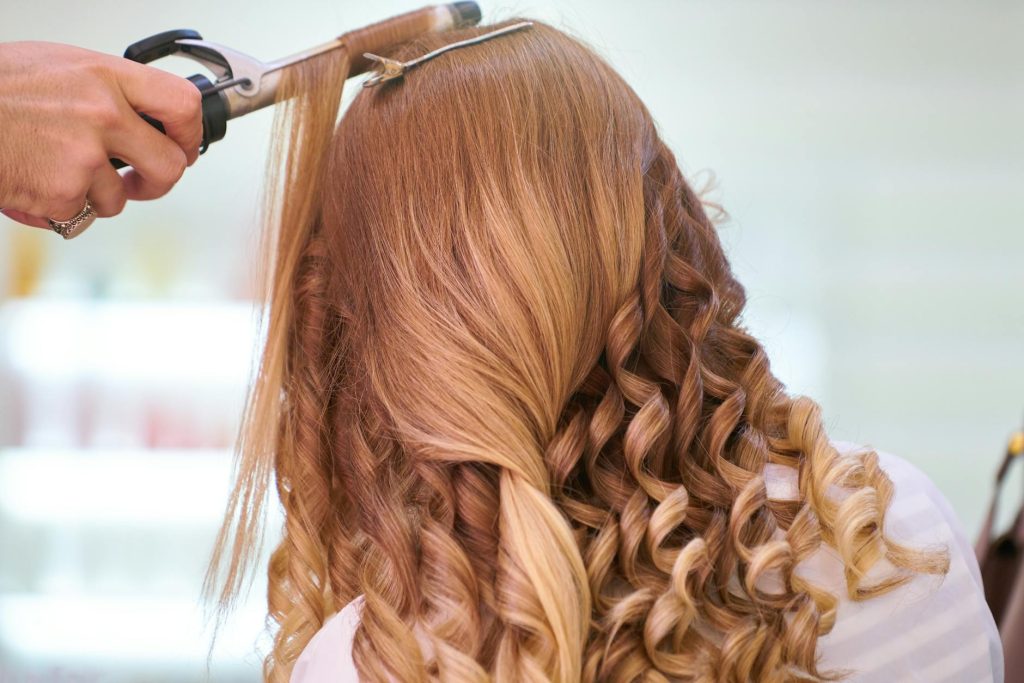Fade Failures and Fresh Starts in Santo Domingo
The first time I walked into Don Kelvin’s barbershop off Avenida Bolívar, bachata trumpets competed with buzzing clippers, and gossip bounced across cracked mirrors. I asked—half in English, half in hesitant Spanish—for “a simple trim.” Ten minutes later the cape came off, and my scalp breathed Caribbean air through an accidental skin-fade. I’d mixed up rebajar with rapar and learned that Spanish Vocabulary isn’t just survival; it’s style insurance. The next cut I arrived armed with better verbs, left with tighter lines, and gained a barber who now calls me “hermano del flow.”
Style Beyond Scissors: Culture in Every Snip
Dominican barbershops feel like sports radio stations where clippers keep rhythm; the talk ricochets from baseball stats to reggaetón lyrics. Saying “déjame un poquito de volumen arriba” earns nods of respect because you sound invested in the craft. In Medellín, peluquerías glide at a calmer pace; paisas consult client photos, emphasizing symmetry and subtlety. They’ll ask “¿con degradé suave o marcado?”—soft or sharp fade. Understanding these nuances turns a haircut from transaction to community ritual. Spanish Vocabulary, when spoken with region-aware flair, positions you inside the circle rather than on a swivel chair’s edge.
Spanish Vocabulary Table
| Spanish | English | Usage Tip |
|---|---|---|
| Corte degradado | Fade haircut | Colombians shorten to “degradé”; point to sides. |
| Rapar | Buzz to the skin | In DR implies near-bald; confirm length. |
| Rebajar | Trim / take down | Safe word for minor length reduction. |
| Patillas | Sideburns | Specify shape: rectas (straight) or en punta (pointed). |
| Rayita / Parte | Part line | Ask “¿con rayita marcada?” for razor-etched line. |
| Sombra | Light stubble blend | Dominican barbers use it for subtle fade. |
| Tijeras arriba | Scissor-cut top | Opposite of clipper-only; clarifies texture. |
| Aftershave sin alcohol | Alcohol-free aftershave | Essential if skin sensitive; barbers keep both. |
| Mascarilla capilar | Hair mask | Offered in upscale Colombian salons. |
| Recorte de barba | Beard trim | Pronounce the “d” softly in DR to blend in. |
Spanish Vocabulary terms above double as cheat codes; sprinkle them early in the consultation, and clippers pause in admiration.
Trimming Misunderstandings: Dominican Slang Meets Paisa Precision
Dominican stylists love hyperbole. Ask for “un poquito corto” and they’ll joke “¿corto como pelón de coco?”—as bald as a coconut. Laugh along, then clarify length in fingers: “déjame dos dedos.” Paisas rely on millimeters; they’ll nod seriously when you request “tres milímetros en los lados.” Matching the measurement system avoids surprises, while dropping local fillers like “¿cierto?” in Medellín or “¿tú ‘ta?” in Santo Domingo keeps the chat playful.
Example Conversation: From Chair Spin to Confidence
Barbero (DR, informal): “¿Qué lo que, manito? ¿Mismo flow o cambiamos?”
Barber: “What’s up, bro? Same style or switch it up?”
Yo (informal): “El mismo, pero sombra más baja y patillas rectas.”
Me: “Same, but a lighter shadow fade and straight sideburns.”
Barbero: “¿Te marco la rayita o la dejamos suave?”
Barber: “Do I mark the part line or keep it subtle?”
Yo: “Márcala suave, que no se vea tan heavy.”—Dominican slang
Me: “Mark it lightly, so it doesn’t look too heavy.”
Pause: Colombian variant.
Estilista (CO, formal): “Buenas tardes, señor. ¿Desea un corte degradado con tijeras arriba?”
Stylist: “Good afternoon, sir. Would you like a fade with scissors on top?”
Yo (neutral): “Sí, por favor. Tres milímetros en laterales y rebajar solo las puntas arriba.”
Me: “Yes, please. Three millimeters on the sides and just trim the tips on top.”
Estilista: “Perfecto. ¿Aplicamos aftershave sin alcohol después del recorte de barba?”
Stylist: “Perfect. Shall we apply alcohol-free aftershave after the beard trim?”
Yo: “Claro, y una mascarilla capilar rápida si hay tiempo.”
Me: “Sure, and a quick hair mask if there’s time.”
Notice how heavy drops Dominican flavor, while millimeter talk grounds the Colombian scene. Both exchanges pivot on precise Spanish Vocabulary that respects local ears.
The Mirror Moment: Checking Details Without Offense
As the cape settles and the mirror swivels, compliment first, tweak later. In the DR, say “ta’ nítido” if mostly happy; then note adjustments: “solo rebaja un chin la patilla izquierda.” Colombians appreciate the softer “super bien, pero podríamos pulir un poco aquí.” The phrase pulir—to polish—sounds collaborative, not critical. Spreading such vocabulary across hemispheres keeps barbers proud and your fade symmetrical.
Hair Products as Language Lessons
Dominican shelves overflow with coconut-oil pomades; ask “¿tiene cera con brillo medio?” for a semi-shine look. In Medellín, argan-infused sprays prevail; request “spray nutritivo” to sound like you read the label. Each product inquiry broadens Spanish Vocabulary beyond verbs into sensory adjectives—mate, sedoso, antifrizz—that later transfer to culinary or fashion chats. The barbershop becomes a multisensory classroom, scented with bay rum and flavored with small victories.
From Clippers to Confidence: A Two-Country Reflection
Switching chairs between Cibaeño banter and paisa courtesy tunes the ear to accent swings, teaches filler words, and proves that Spanish Vocabulary adapts like a versatile comb. Dominican speed forces quick comprehension; Colombian diction polishes pronunciation. Together they sculpt a bilingual identity as precise as a fresh lineup. Embrace every misheard slang, every uneven fade, because each correction tightens both your cut and your conjugations.
I’d love to hear how your own barber tales shaped your Spanish. Did a slip of the tongue give you an accidental mullet? Did a paisa stylist teach you a new word for mousse? Share your cross-country anecdotes and any hair-salon vocabulary that saved—or cost—you a good hair day. Our community chair is always open.








